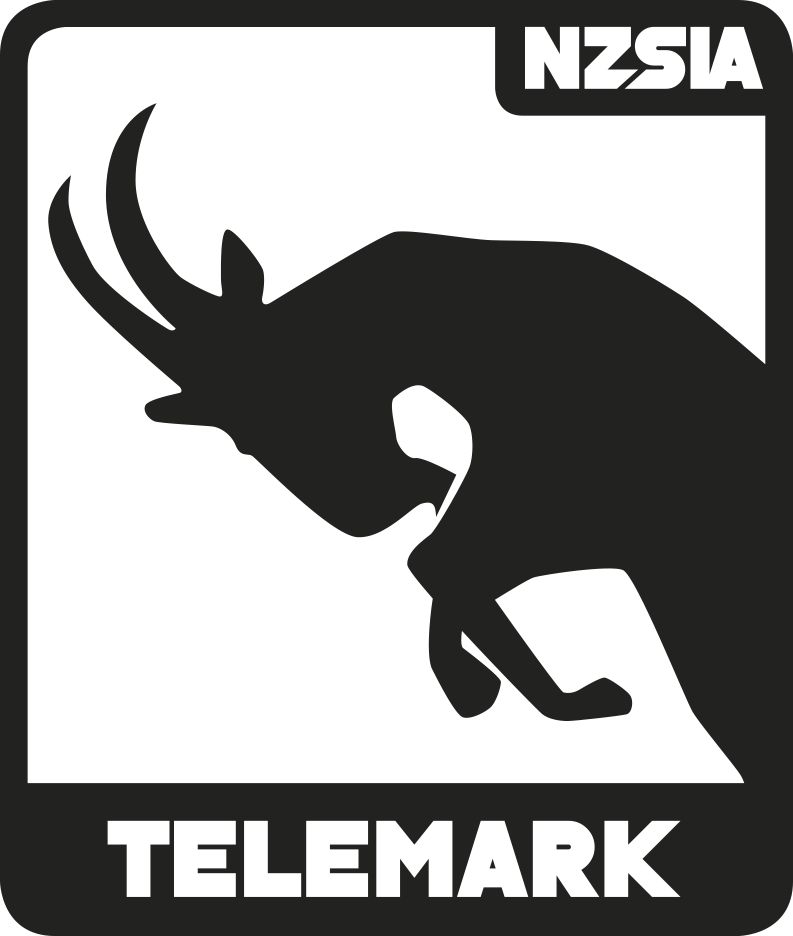Telemark skiing combines the grace of free-heel movement with the challenge of dynamic terrain. For beginners, the journey starts with learning the equipment, developing a balanced stance, and understanding how to move efficiently on flat terrain. Whether transitioning from alpine or starting from scratch, all new telemark skiers need time to adjust to the unique feel of free-heel bindings and flexible boots. Early lessons focus on mobility, balance, and stance—foundational elements that set the stage for smooth, controlled skiing. An engaging, progressive approach builds confidence while introducing the fundamental movements that underpin telemark technique.
 Short Turns
Short Turns
 What, Why, How
What, Why, How
What
A 3-4 meter closed-edged turn with a faster movement tempo than medium-radius turns. The skier’s body takes a direct line down the fall line, while the skis move laterally. Strong steering, edging, and active flexion-extension are required. Short turns can be open or closed.
Why
- Essential for speed control on steeper terrain.
- Develops skills for skiing bumps, powder, and crud.
How
- Maintain little vertical movement, with the body facing down the fall line.
- Generate rotation and flexion-extension through leg movement.
- Apply strong edge engagement in the control phase to regulate speed.
- Emphasize a faster tempo to blend movements effectively.


When
Introduced as students progress to steeper and more challenging terrain.
Where
- Wide blue slopes, using markers to decrease turn radius progressively.

